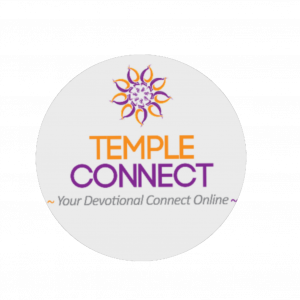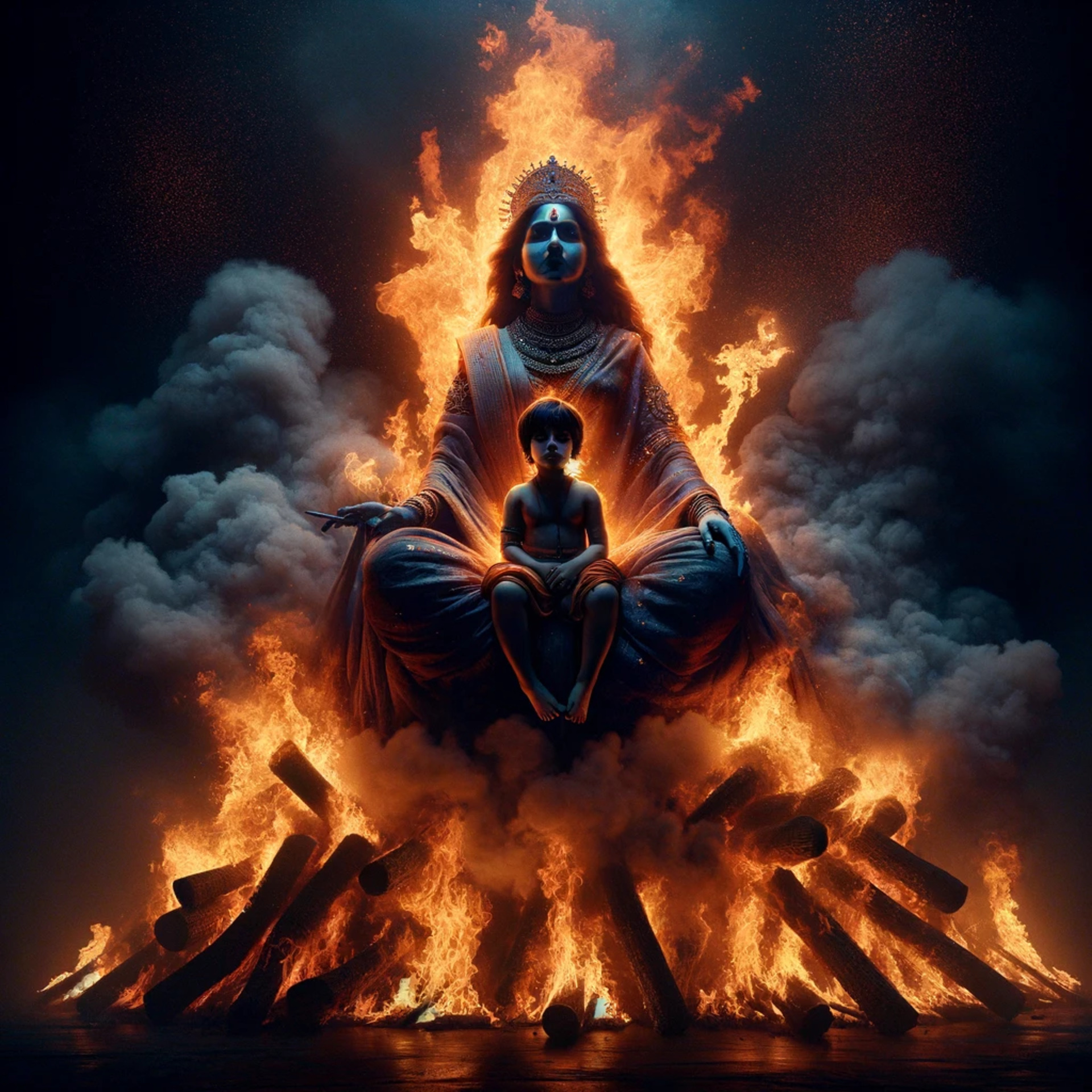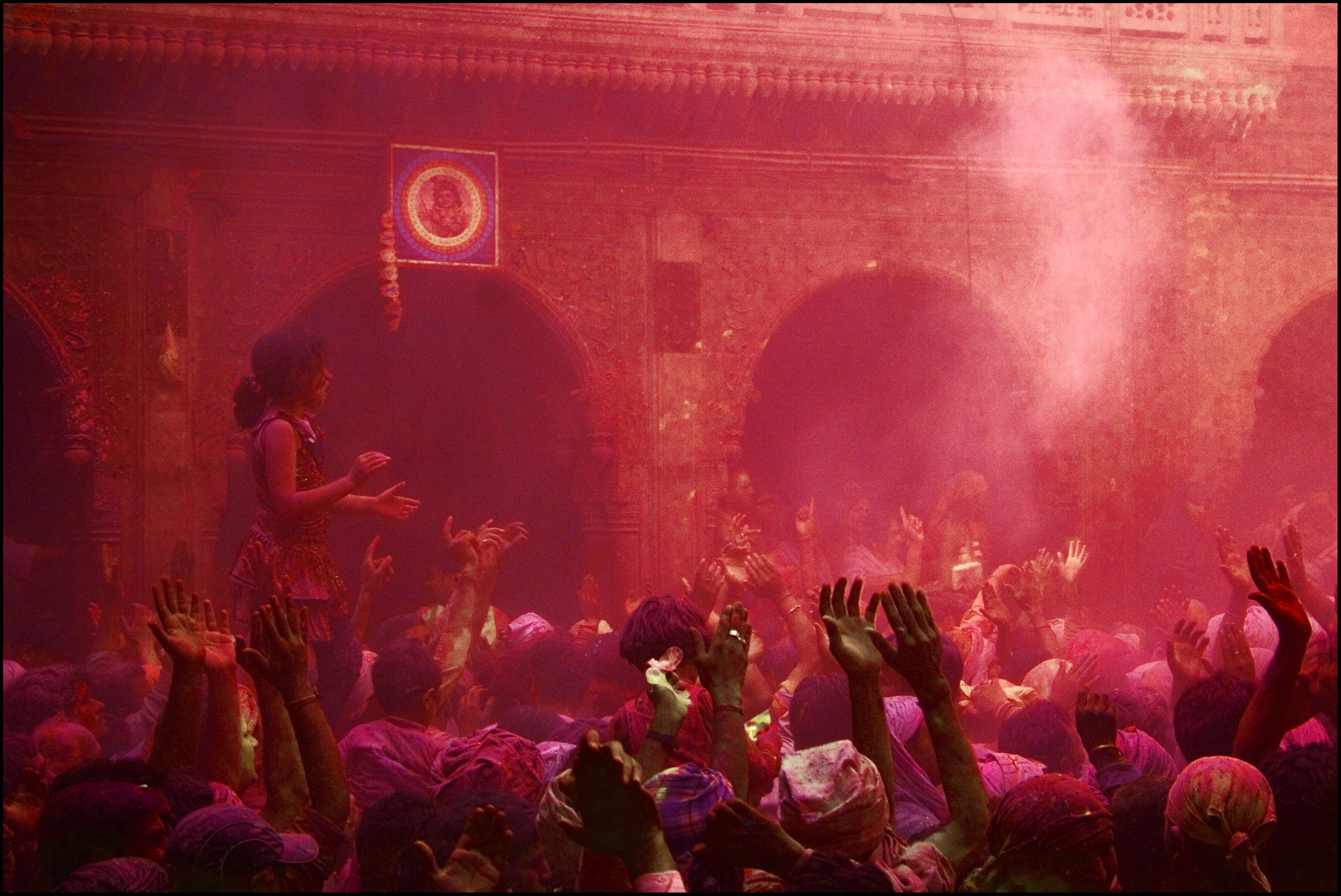Ratha Saptami is celebrated on the Saptami, during Shukla Paksha in the month of Magha as per the Hindu calendar. It is also celebrated as Surya Jayanti, Magha Saptami, Achala Saptami, Arogya Saptami. The festival is dedicated to Bhagawan Surya turning his golden chariot having seven horses driven by Aruna(brother of Garuda) the charioteer, towards the northern hemisphere.
Ratha Saptami – Sun Worship
Hindus consider Surya Narayana as a vital God to be worshiped. Multiple Vedic verses on Surya devata are incorporated into Nitya Vidhi like Sandhyavandana, Surya Namaskara, Gayatri japa, Surya Arghya etc. Surya bhagawan is called Namaskara Priya. He blesses the devotees who offer him a simple namaskara with all humility and devotion. That is how Surya Namaskara a yogic prakriya related to Sun has become very popular. Sun worship is prevailing and being followed since time immemorial.
Some of the useful prayers related to Sun are Suryashtakam, Aditya Hrudayam, Gayatri, Surya Sahasranama etc. Generally Sun worship will be very effective if it is done at the time of Sunrise. Worship of Sun on Sunday is believed to bring manifold benefits to the worshipers.
Sun God is called by several other names popularly as Surya; Suryanarayana, Aditya; Mithra; Ravi; Savitha; Arka; Bhaskara; Marichi; Diwakara; Bhanu; Vivasvatha. Irrespective of caste and creed all walks of people worship Sun as Pratyaksha Daivam, perceivable God.
सप्ताश्वरथमारूढं प्रचण्डं कश्यपात्मजम् ।
श्वेतपद्मधरं देवं तं सूर्यं प्रणमाम्यहम् ॥
बन्धुकपुष्पसङ्काशं हारकुण्डलभूषितम् ।
एकचक्रधरं देवं तं सूर्यं प्रणमाम्यहम् ॥
According to Surya Ashtakam, chariot of Sun has only one wheel that represents the Kaalachakra and the seven horses represent seven colours of light (VIBGYOR); Seven horses – Jaya, Vijaya, Ajaya, Jayanti, Aparajita, Mahajaya, Nanda and Bhadra, also represent seven days in the week starting from Sunday the day dedicated to Sun God. Entire Kaalachakra or the wheel of time is established on the wheel of the sun-god’s chariot.
Religious Significance
This festival’ is celebrated to offer gratitude and worship the Surya-devata & is considered as the most auspicous day to worship bhagawan Surya. It is also believed that Surya Deva started illuminating the whole world on this Saptami Tithi. The significance of Ratha Saptami is given in more than one Puranas including the Brahma Purana,Varaha Purana & the Suryopakhana chapter of Bhavisya Purana.
From the Suryopakhyana – Bhavishya Purana, those who perform the Saptami Vrata of Bhagawan Surya by keeping fast on Shashti, the previous day as well as on that day till the dusk time, perform formal Puja on Saptami, give away a good food with plenty of Vegetables to Brahmanas along with Vastras, dakshina and break the fast with the food observing silence during the night would be eligible to the fulfillment of desires, victory, and even Kingship. King Kuru observed this Vrata for several years at Kurukshetra on Magha Saptami and attained fulfillment of all desires.
Bhagawan Sri Krishna advised his son Samba that there could be no other Deity like Suryanayana and said:
Pratyaksham Devata Suryo Jagatchhaykshu Divakarah
Tasmaadabhayadhika kaachiddevata naasti shaashvati
yasmaadidam jagajjaatam layam yaasyati yatracha
Having said this, Shri Krishna advised his son Samba about the method of regular and daily worship so demolish sins and ‘Vighnas’. Shri Krishna further described to son Samba the names of Surya Deva to be worshipped on each Saptami of in months of a year:
In Magha – he is worshipped by the name of ‘Varuna’
In Phalguna – as ‘Surya’
In Chaitra – as ‘Vaishakha’;
In Vaishakha – as ‘Dhata’
In Jyeshta – as Indra
In Ashadha – as ‘Ravi’
In Shravana – as ‘Nabha’
In Bhadrapada – as ‘Yama’
In Ashwin – as ‘Parjanya’
In Kartika – as ‘Twashta’
In Margasirsha – as ‘Mitra’
In Poushya – as ‘Vishnu’
After performing the Saptami Vrata year-long as above, ‘Ratha Saptami’ is to be executed on Magha Shukla Saptami, marking the seventh day of ‘Uttarayana’. It is believed that in the Mahabharata, Bhishmacharya chose this day to leave his body and attain ‘moksha.’
Customs, Traditions & Rituals
Taking bath with Arka Pathra: An age old tradition that, on the day of Ratha Saptami one should take bath during Arunodaya kaala with seven Arka leaves by keeping one on the head, two on the shoulders, two on the knees and two on the feet. It is believed that by taking a sacred bath during this time, will free a person from all illnesses and ailments and bestow good health. For this reason Ratha Saptami is also popularly known as ‘Arogya Saptami’. After taking bath, Arghya should be given to Sun God. Arka is commonly called as Jilledu in Telugu; Ekka in Kannada; Erukku in Tamil. Taking bath on this day in holy rivers is highly meritorious. It is believed that by using Arka leaves while taking bath on this day, one will get rid of his/her sins committed in seven previous births.
Charity given on Ratha Sapthami day is highly meritorious. Usually Kushmanda Dana (pumpkin) is prescribed on this occasion. Since it occurs in Magha Masam as per Maasa Dharma; Tila Dana, Tila Paathra Dana, Salagrama Dana, Vastra Dana, Blankets, Umbrella, Amalakki are recommended to be given as charity.
On Magha Sapthami, we find people preparing a special kheer with beaten rice adding jaggery and offer the same as nivedana to Sun God. A kolam or rangoli of Lord Surya riding a chariot is made on the ground and worshipped in many places.
Chanting ‘Gayatri Mantra’ and reciting ‘Surya Sahasranaam’, ‘Adityahridayam’ or ‘Suryashtakam’ is considered very auspicious on this day.
Festival Celebrations
Special celebrations are held at Sun temples on the occasion of Achala Sapthami especially at Konark (Odisha), Arasavalli (Andhra Pradesh). In some of the important Vaishnavite temples such as the Tirumala, Srirangam, Srirangapattana & Melukote, Ratha Saptami is one of the important festivals of the year. Annual Car Festival of Sri Veera Venkatesha of Sri Venkatramana Temple in Mangalore/Manguluru is held on this day and is famously known as Kodial Teru or Mangaluru Rathotsava.
Suryanar Koil near Kumbhakonam is also very popular and dedicated to Sun God. There is a Sun temple in the temple complex of Goddess Padmavathi at Tiruchanoor (Tirupathi). At Tirumala Kshethra, Lord Venkateswara (utsava murti) is taken out in procession seven times on seven different vaahanaas starting from dawn to dusk as a part of Ratha Sapthami celebrations. It is called Eka Dina Brahmotsavam.
Sun worship known as Suryopaasana is as ancient as Hinduism with its origin dating from Vedic times, prevalent in Hindu philosophy since time immemorial along with the worship of Vishnu, Shiva, Ganapati and Shakti. Saptami Tithi is dedicated to Surya Deva. Shukla Paksha Saptami in Magha month is known as Ratha Saptami or Magha Saptami.




One Response